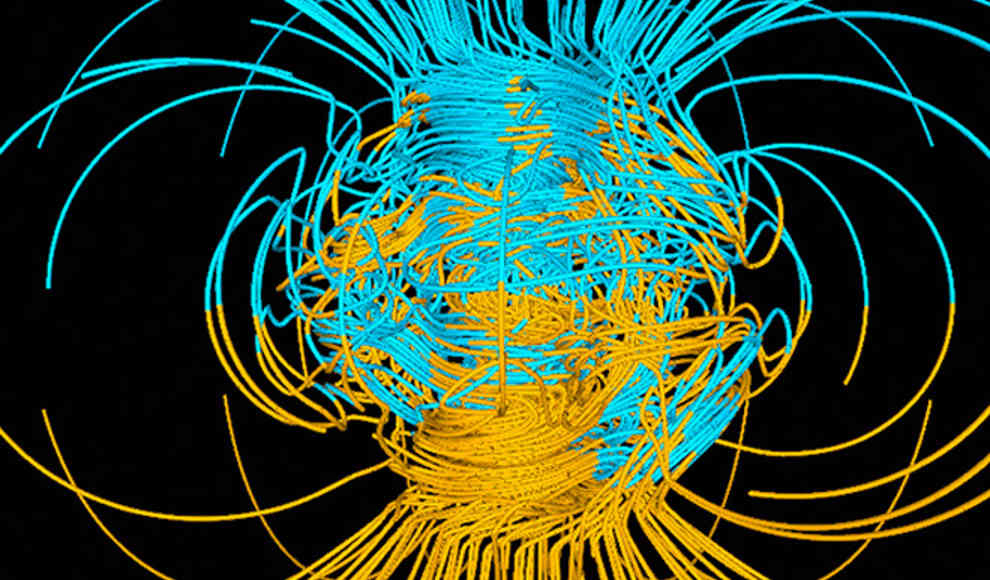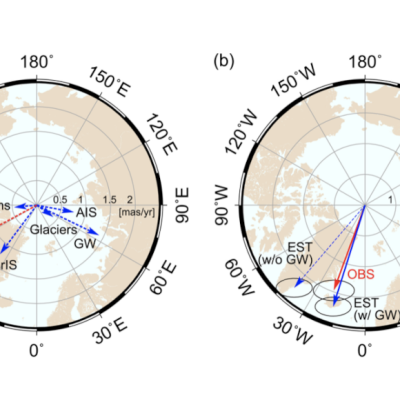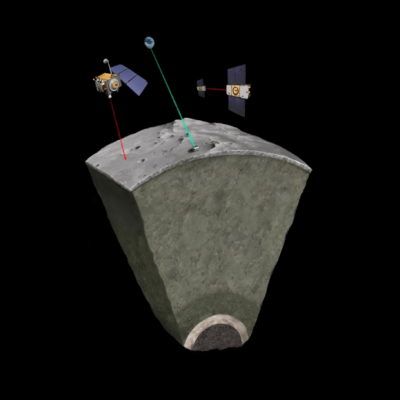The impending reversal of the Earth’s poles has been re-dated by geophysicists, indicating an earlier occurrence than previously thought. Through magma analysis of the last pole reversal, a scenario has emerged that has already shown several signs of happening. Magma is symbolic of the Earth’s blood and energy, and its properties serve as important indicators for geological determinations. Geologist Leonardo Sagnotti and his colleagues discovered signs of an impending pole reversal through their examination of lava deposits in the Sulmona Basin east of Rome. The rock analysis not only dated the last pole reversal to 786,000 years ago but also showed a complete change in the direction of magma flow within just 100 years.
Previous studies suggested temporary stops of the poles in the tropics and temperate regions, but this has been revised through the analysis of the frozen magma layers. Further research shows a previous instability of the poles within a 6,000-year period, with strong fluctuations and chaotic alignment. Despite these outbursts, the reversal of the Earth’s poles occurred in a continuous process of only 100 years. The new findings suggest an impending event in about 1,000 years, and the signs are already measurable. Geophysicists detected a weakening of the magnetic field three years ago, and the Earth’s axis has shifted hundreds of kilometers to the east in the last two centuries, clear indications of an impending pole reversal.
The co-author of the study, Courtney Sprain from the University of California, emphasizes the geological significance of the new research but also notes that the resulting findings cannot automatically be applied to a new scenario. However, the rapid process of pole reversal cannot be categorically ruled out. The new research provides important insights into the Earth’s history and future, highlighting the need for continued research and monitoring of the planet’s magnetic field.










